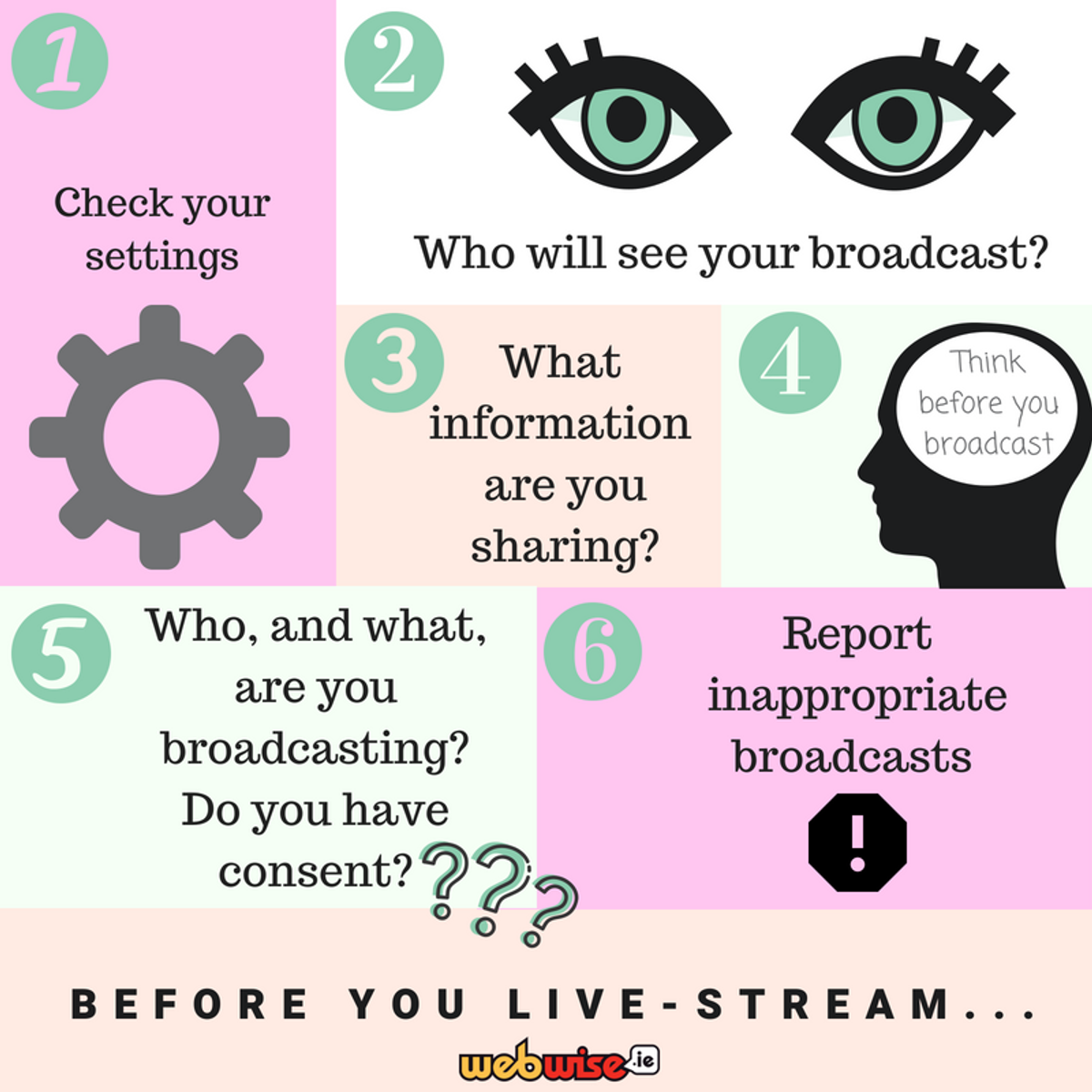Learning About Learning:

The Hidden Dangers of Live Streaming:
What Parents Need to Know to Keep Their Kids Safe
By Paul Taylor / 28/07/2025
Live streaming has rapidly become one of the most popular forms of online entertainment for children and teenagers. Platforms like TikTok Live, Twitch, Instagram Live, and YouTube Live enable users to broadcast themselves in real-time to potentially millions of viewers worldwide. While this can be a fun way for kids to express themselves, it also opens the door to serious risks that many parents may not be fully aware of.
Why Live Streaming Appeals to Kids:
Live streaming is exciting for young users. It offers instant feedback, likes, comments, and a sense of fame—even if it’s just from a handful of viewers. For children, the idea of going viral or becoming an internet sensation is highly appealing. But this need for attention can make them vulnerable to exploitation and harm.
Top Risks of Live Streaming for Children:
1. Real-Time Interaction with Strangers
Unlike pre-recorded content, live streams occur in real-time. Viewers can ask questions, make comments, and even request actions from the streamer. Predators may take advantage of this to groom children or persuade them to do inappropriate things on camera.
2. Exposure to Inappropriate Content
Even if your child is just watching a live stream, the content can quickly turn inappropriate. Live videos are often less moderated, and streamers can display nudity, violence, offensive language, or drug use without warning.
3. Pressure to Perform
Many children feel pressure to attract more viewers by engaging in risky or dramatic behaviour during live streams. This could include revealing personal information, engaging in dares, or acting in ways that contradict their values or compromise their safety.
4. Permanent Digital Footprint
Even though live streams are “in the moment,” they are often recorded or screen captured by others. One impulsive act during a live stream can result in long-term reputational damage or bullying.
5. Inadequate Privacy Settings
Kids may not fully understand how to manage privacy settings. They might go live publicly, unintentionally revealing their location, school uniform, or other identifiable details.
How Parents Can Protect Their Children
✅ Talk Early and Often
Have a conversation about online safety before your child starts live streaming. Discuss the potential risks and establish clear guidelines about what is acceptable to share or do online.
✅ Use Parental Controls and Safety Features
Many platforms offer screen time limits, content filters, and privacy settings. Ensure these are enabled and up to date.
✅ Monitor Activity Without Invading Privacy
Encourage your child to discuss the apps they use and who they interact with. Take some time together to review the app’s settings and talk about current trends or challenges.
✅ Teach the Importance of Consent
Help your child understand that it’s never okay to be pressured into sharing something they’re uncomfortable with. Teach them how to report and block users who make inappropriate requests.
✅ Stay Informed
Live streaming technology evolves quickly. Stay updated on the platforms your child uses and how others are using them—both safely and unsafely.
Conclusion
Live streaming can be a creative and social outlet for kids—but it comes with serious risks that can’t be ignored. By staying engaged, setting clear boundaries, and fostering open dialogue, parents can help their children enjoy the benefits of technology without falling victim to its darker aspects.
BUT


